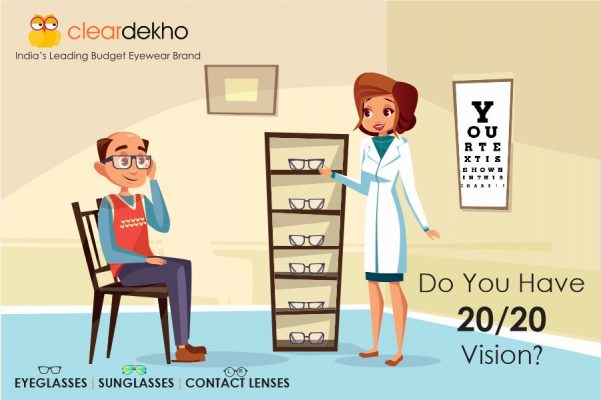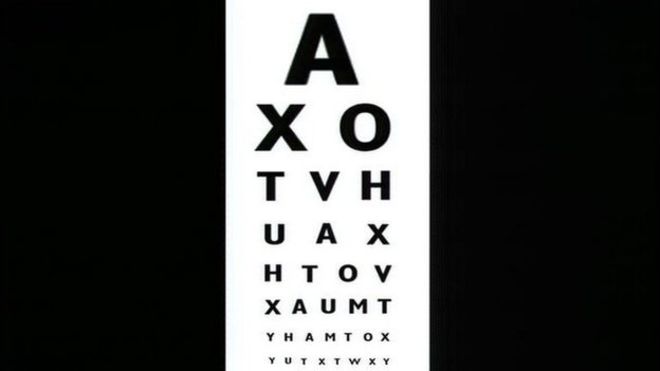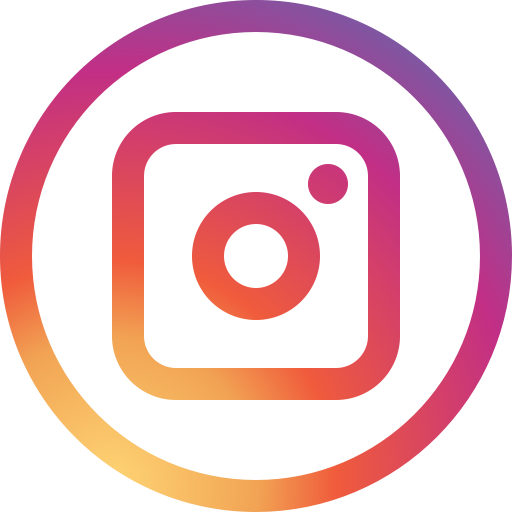No products in the cart.
Who would not have been undergone an eye-exam? I think everyone should have undergone one atleast once in their life.
Whenever you have gone through this exam, have you ever been told that you have 20/20 vision?
If yes, do you know exactly what does it mean 20/20?
And does it mean perfect eyesight?
If you are also eager to know what is perfect vision? This blog is for you.

Here, I will share brief information about visual acuity, eyesight, and 20/20 vision.
Without any further ADO, let’s see:
VISUAL ACUITY
In layman, I can explain visual acuity as the clarity of vision.
You might have noticed an eye chart board in every optical shop or an optometrist clinic where you have read letters or numbers.
The ability to read all the letters and numbers on that board defines your visual acuity.
It is a static measurement and is very beneficial in determining the clarity of vision in standardized conditions.
EYESIGHT & VISION
The most appropriate definition of eyesight is difficult to describe, as various different sources have a different way to elaborate but all the definitions have a common meaning i.e. ability to see.
All-in-all, vision acuity, and eyesight can be used interchangeably.
However, vision is a broader term than visual acuity.
The vision includes a wide range of visual abilities such as contrast sensitivity, eye coordination, focusing ability, speed and depth perception, color vision etc.
So, this is a brief explanation of visual acuity, eyesight, and vision.
Moving on to what is 20/20 Vision?
20/20 is a visual acuity measurement; the Snellen chart is used to measure visual acuity. This is how the Snellen chart looks like.

It actually means you can see an object at 20 feet that is placed actually at 20 feet or a person with normal vision sees at 20 feet.
Buy why 20 feet?
You might also be wondering why 20, why not 30, 40 or 50?
“As per Dr. A. Tim. Johnson, our eyes are relaxed in its normal shape, when we are looking at an object 20 feet away”
This is the reason 20 feet is a standard measure.
But at the same time, 20/20 is not necessarily a perfect vision; however, it is a normal vision. It is found that people can have 20/15 vision too i.e.
As per the University of Iowa Hospital research, only around 35% of adults have 20/20 vision without using glasses or contact lenses or any sort of corrective measures.
All-in-all, it is highly advisable to regularly go for eye exams and eat a healthy diet. Wear good quality eyeglasses and sunglasses too.
I hope you like this blog.
Have a good day!






